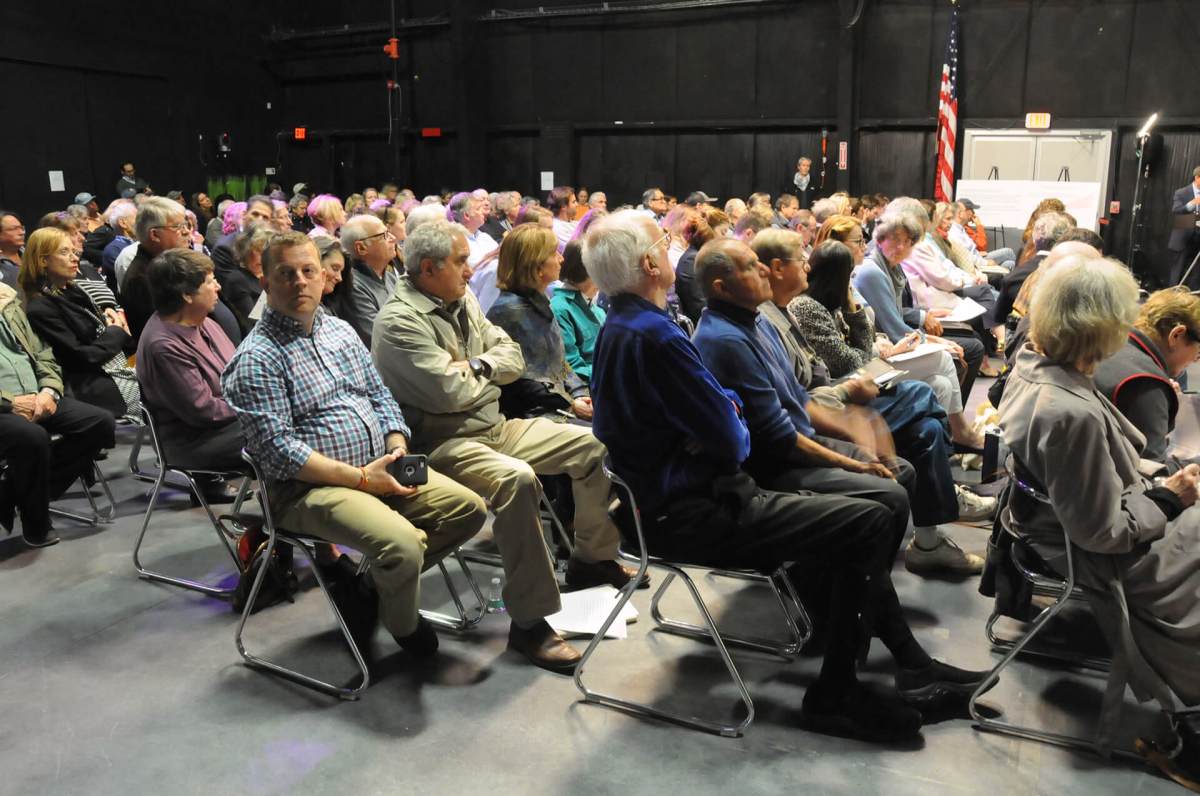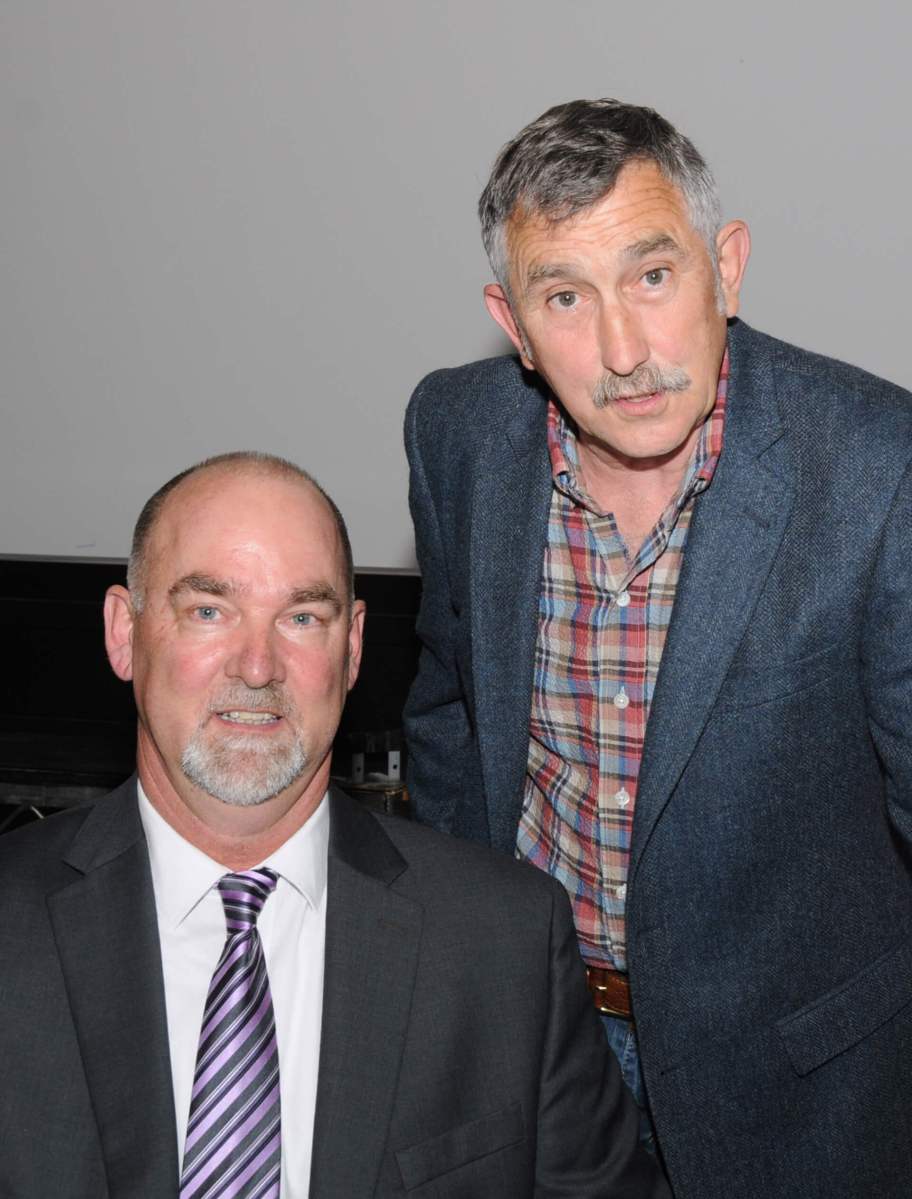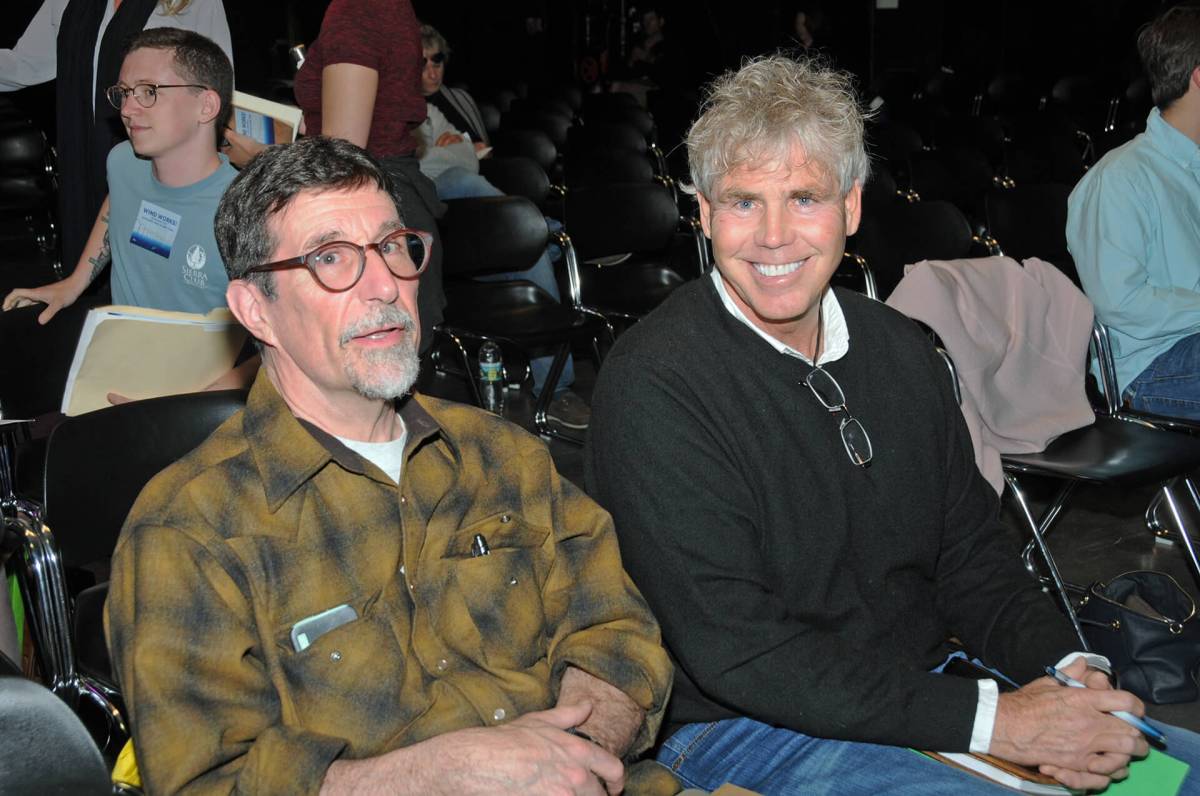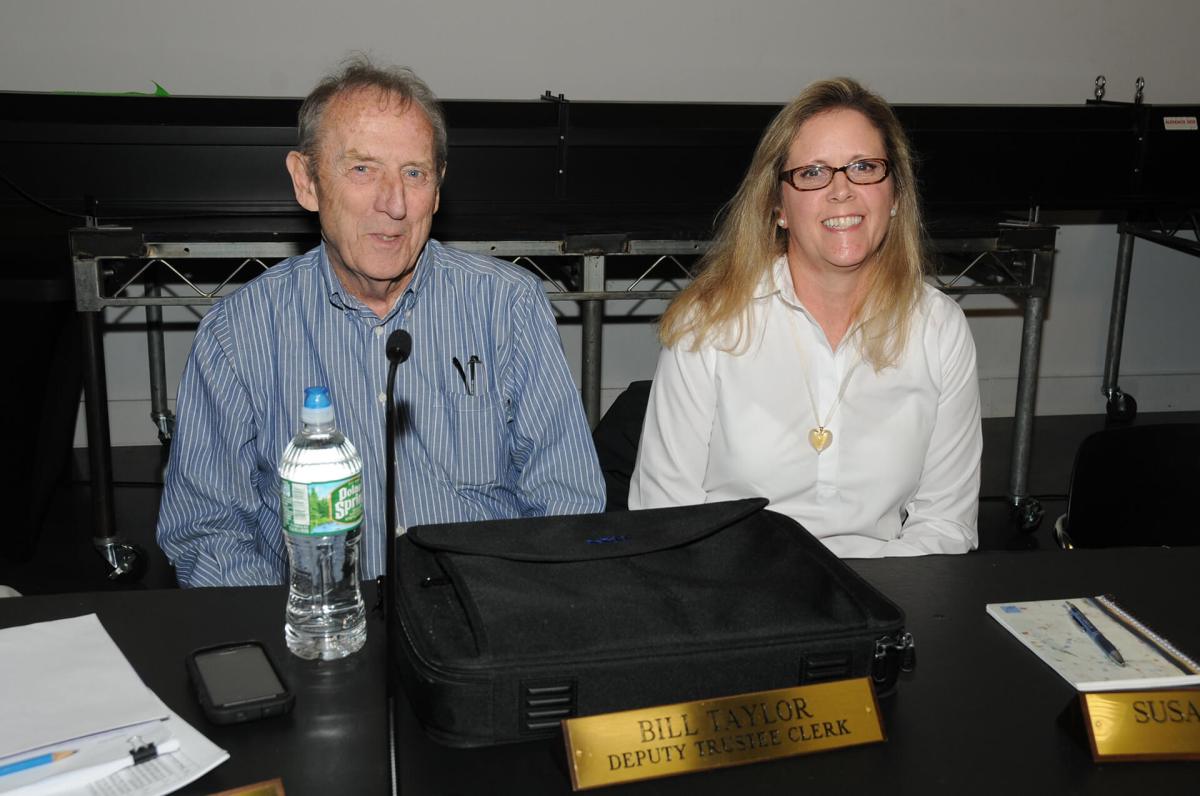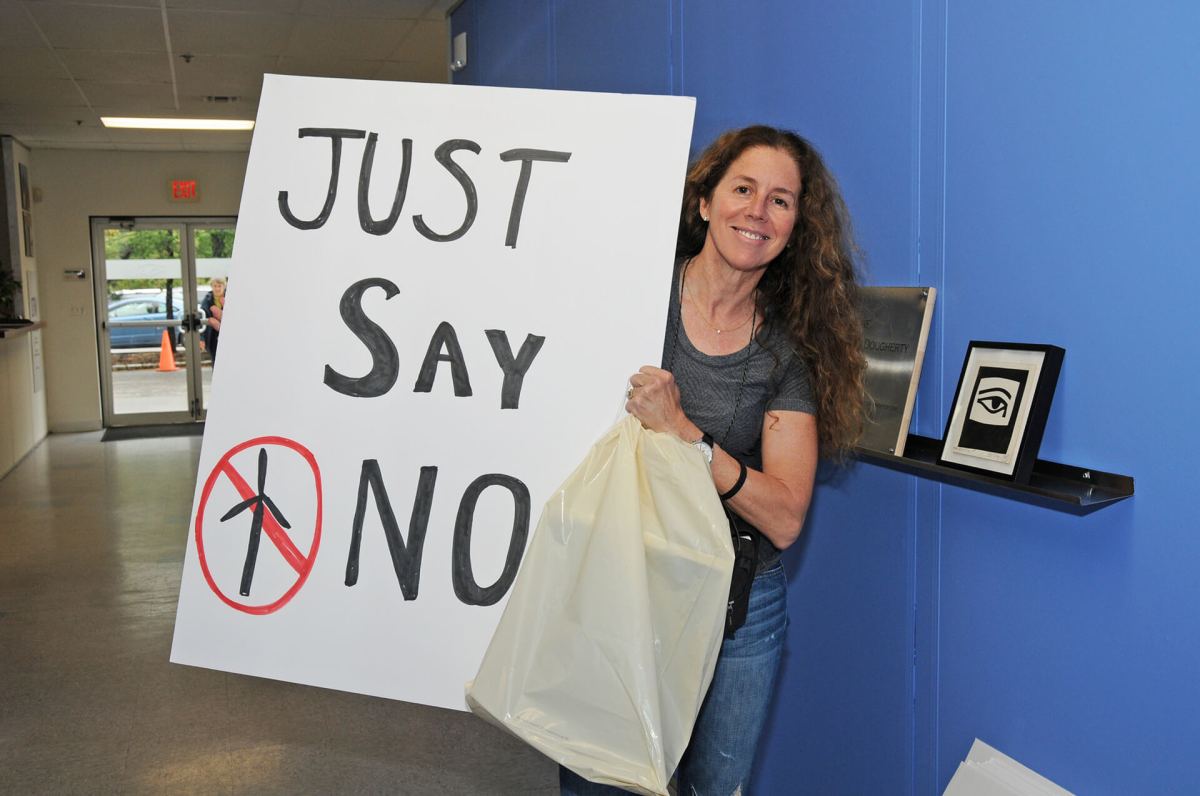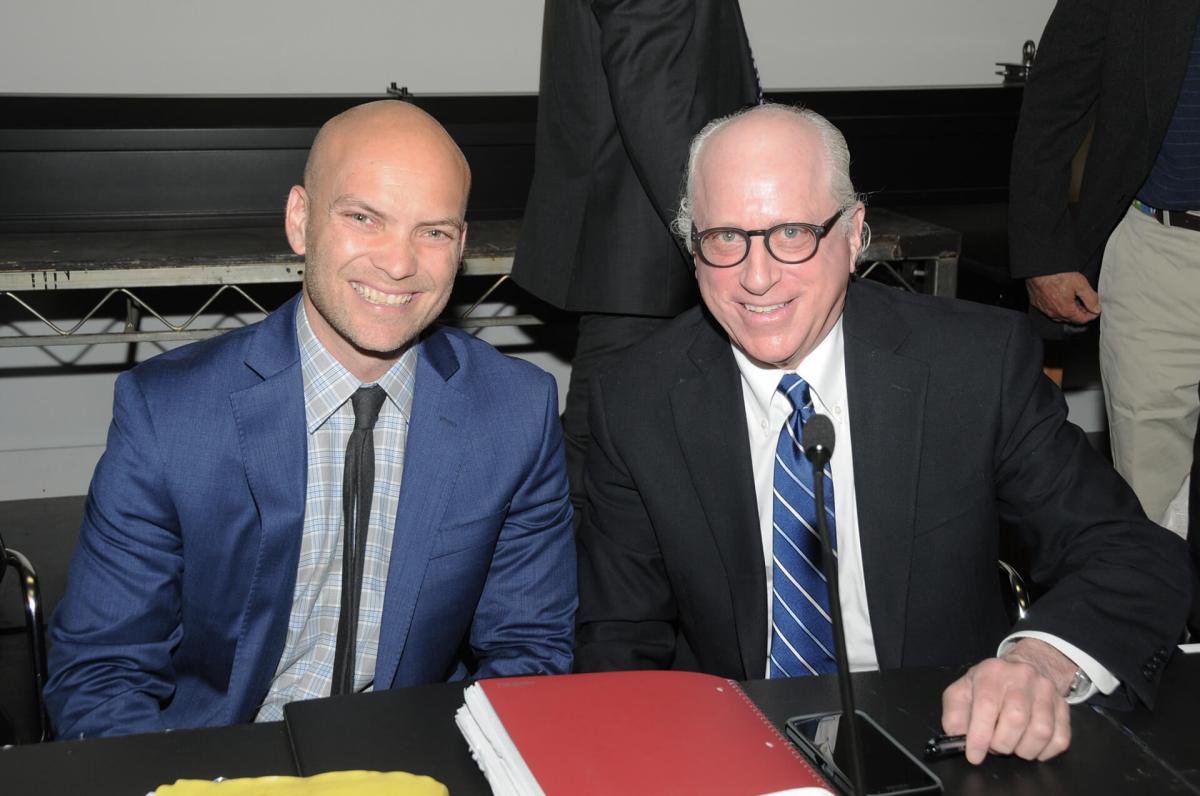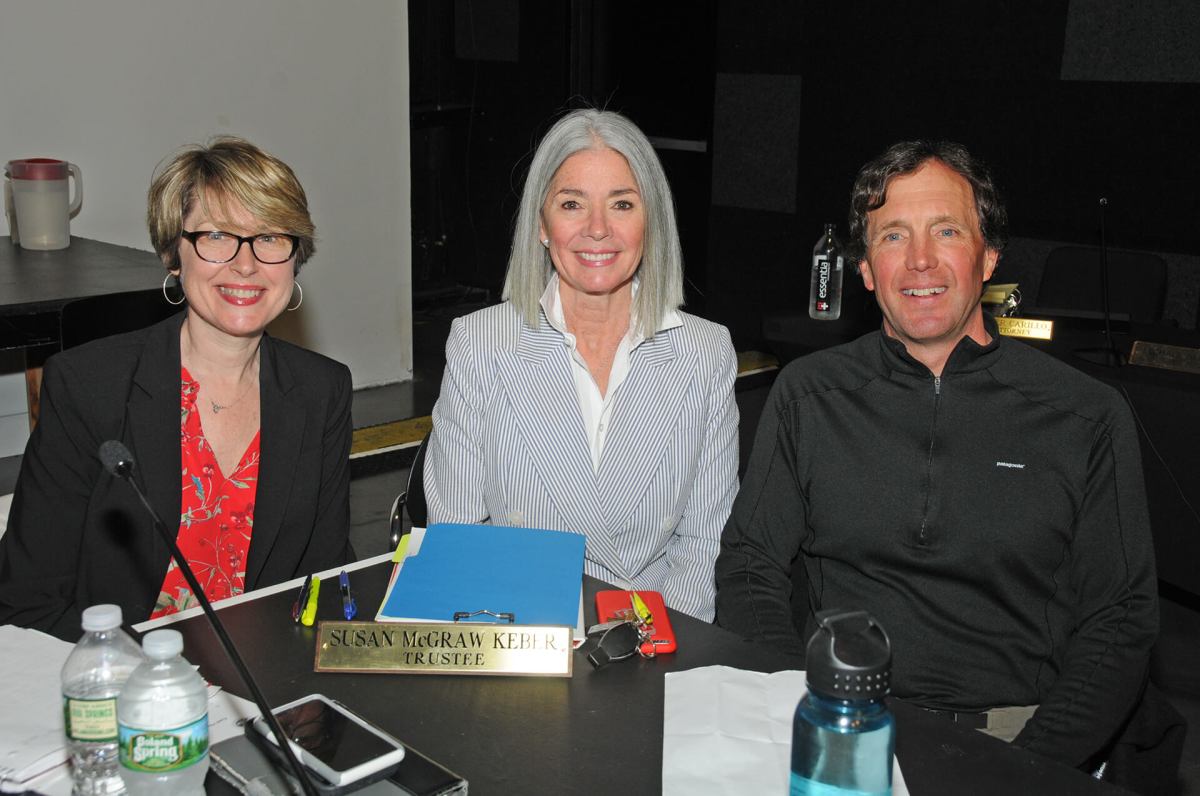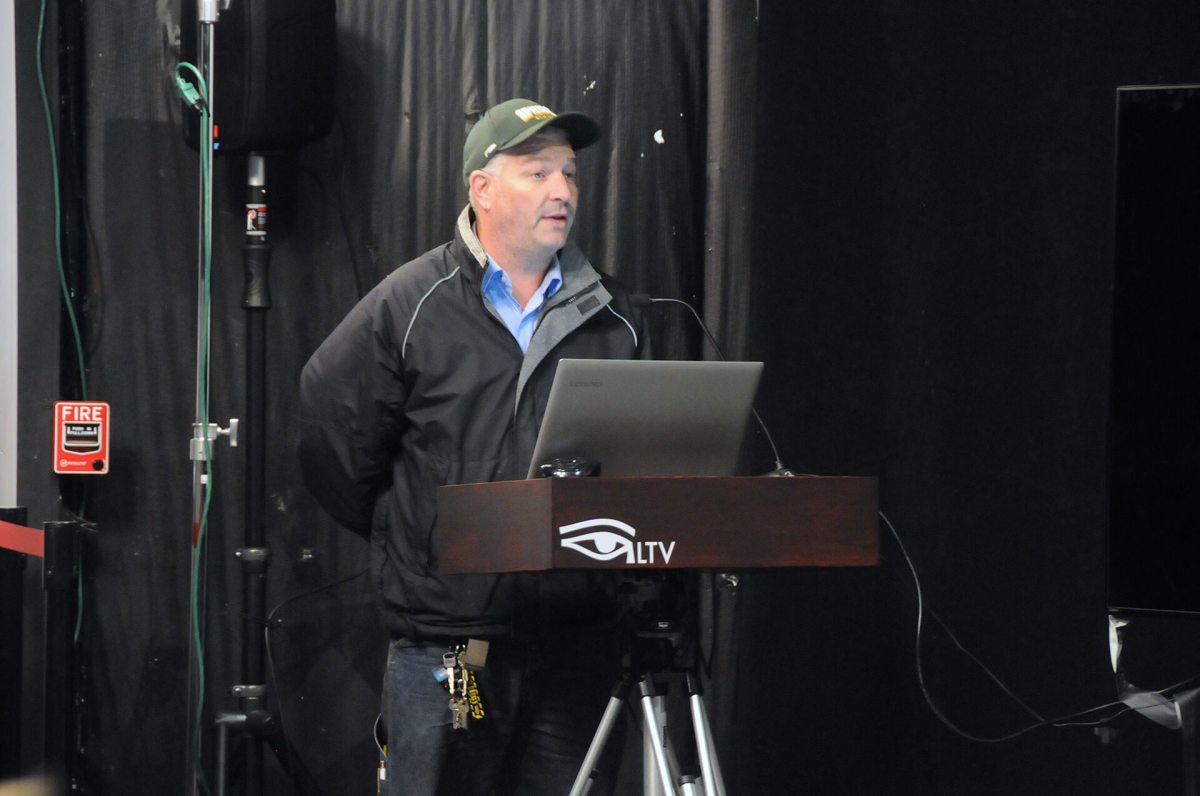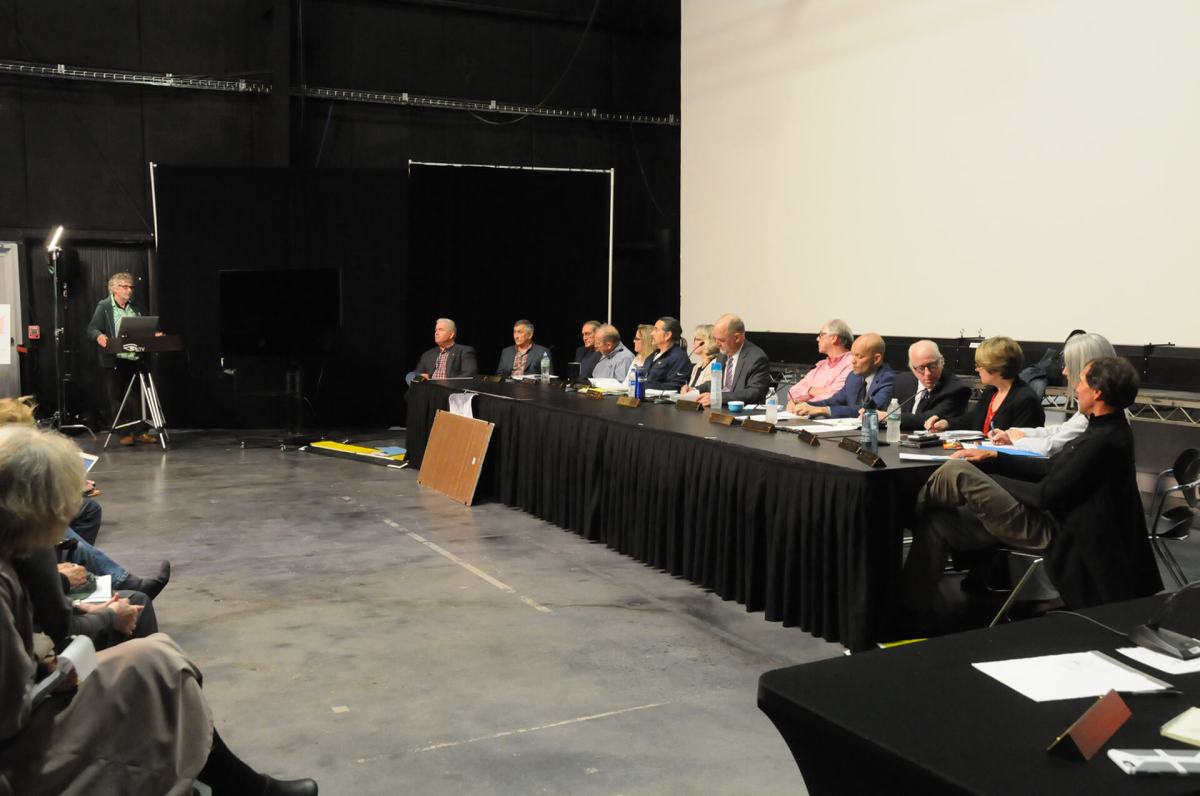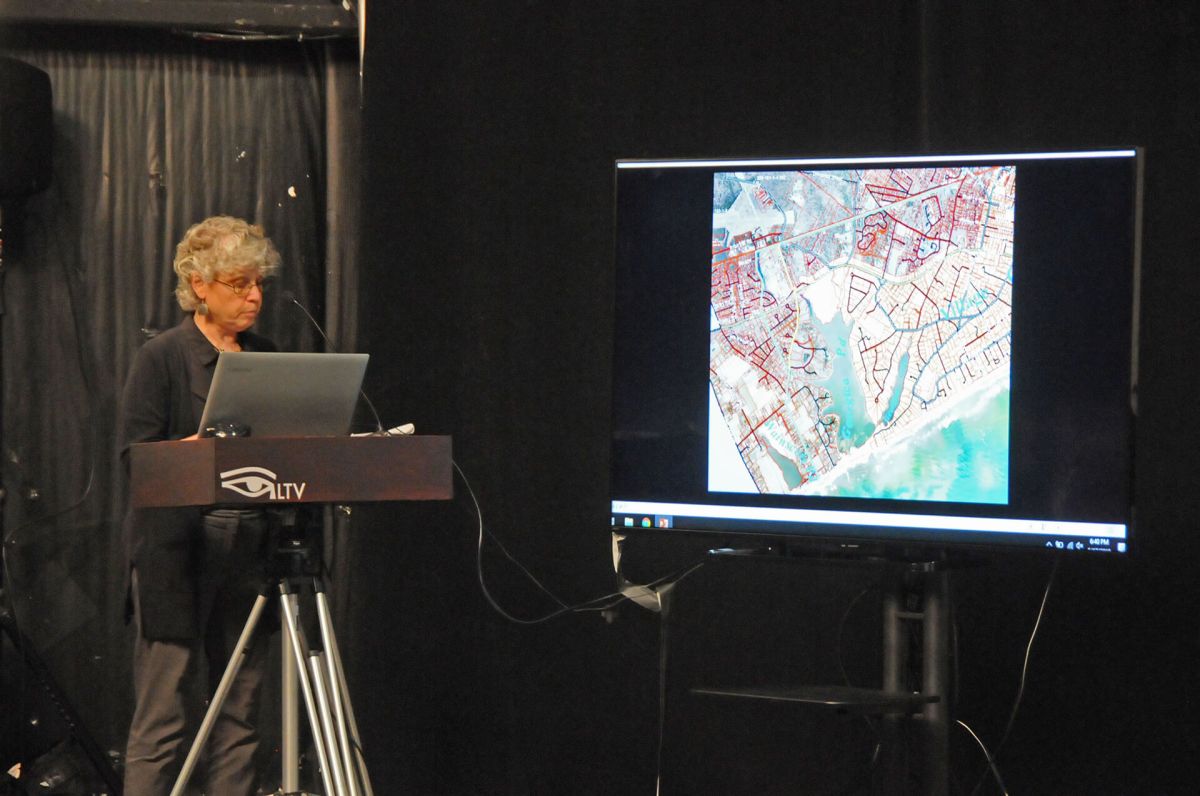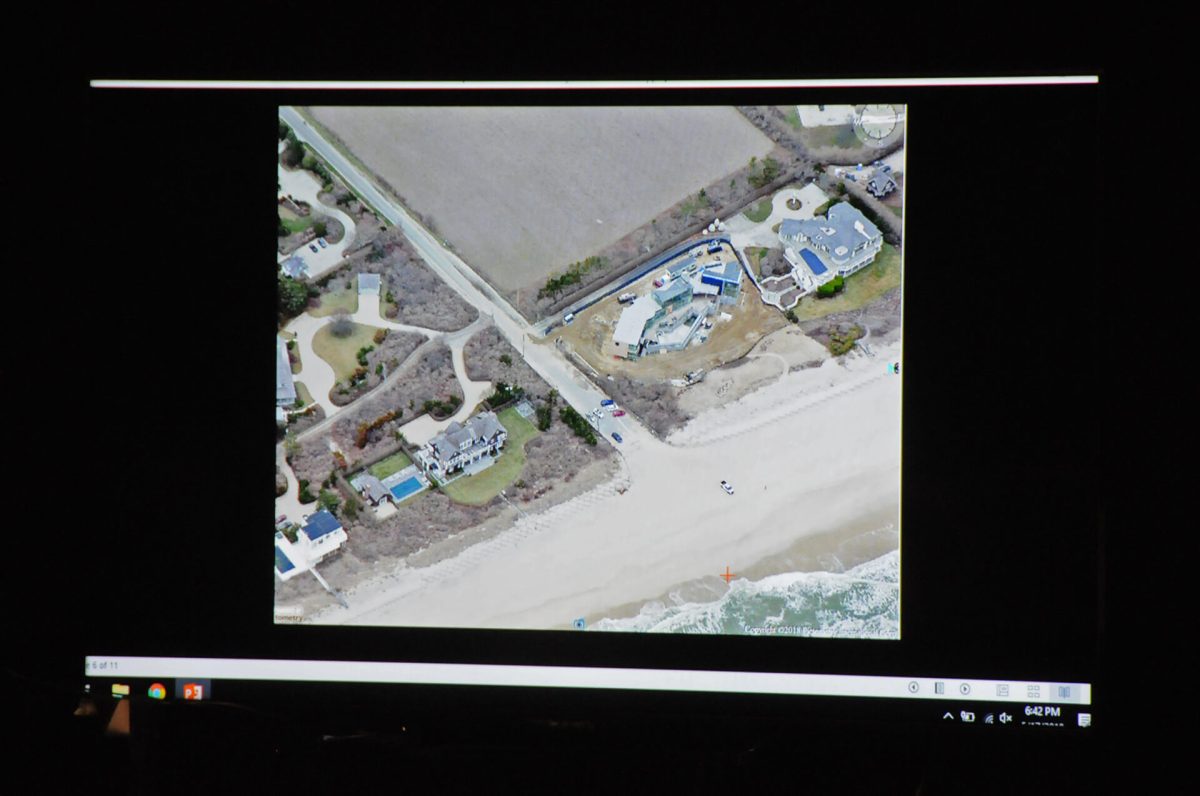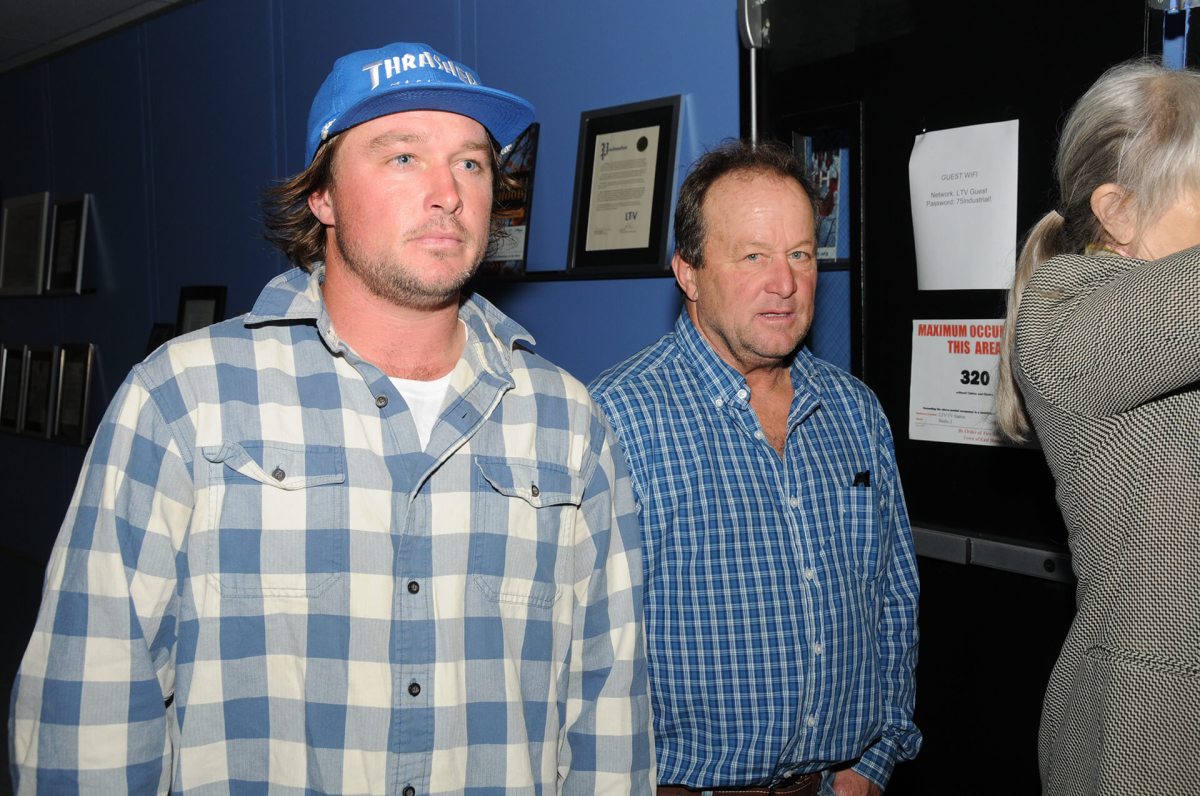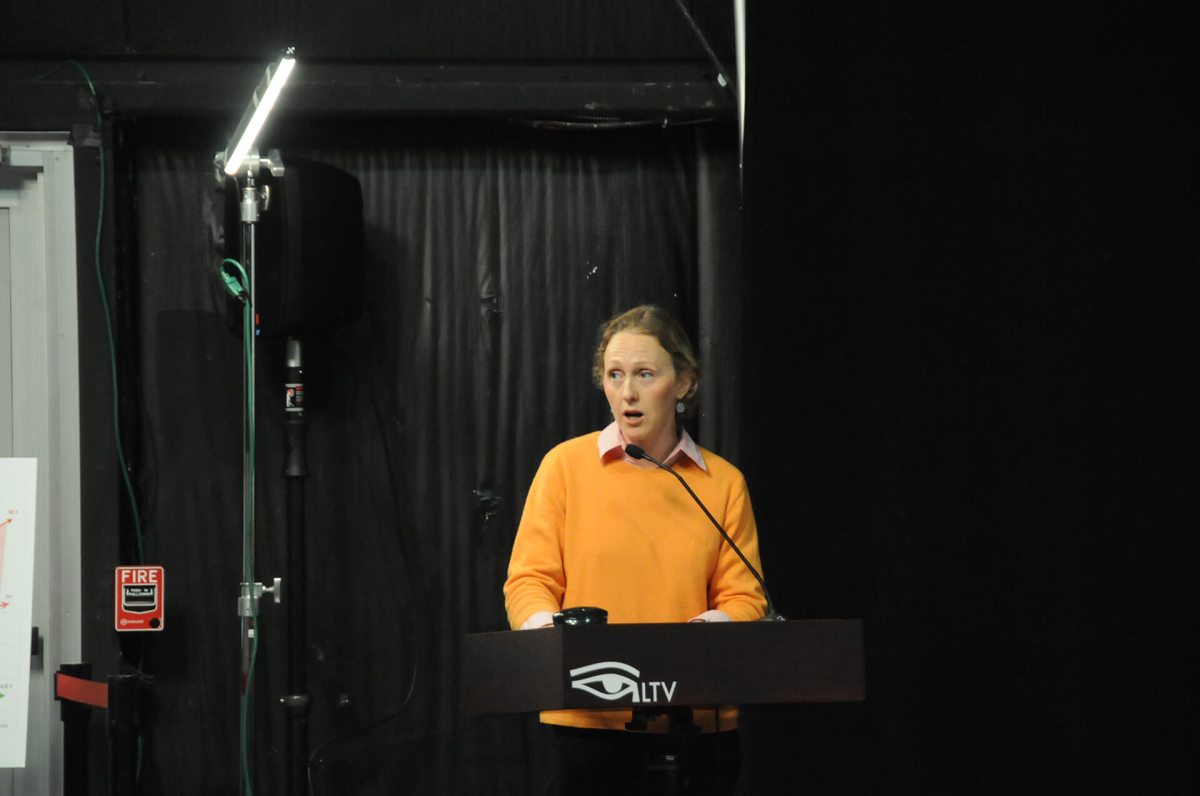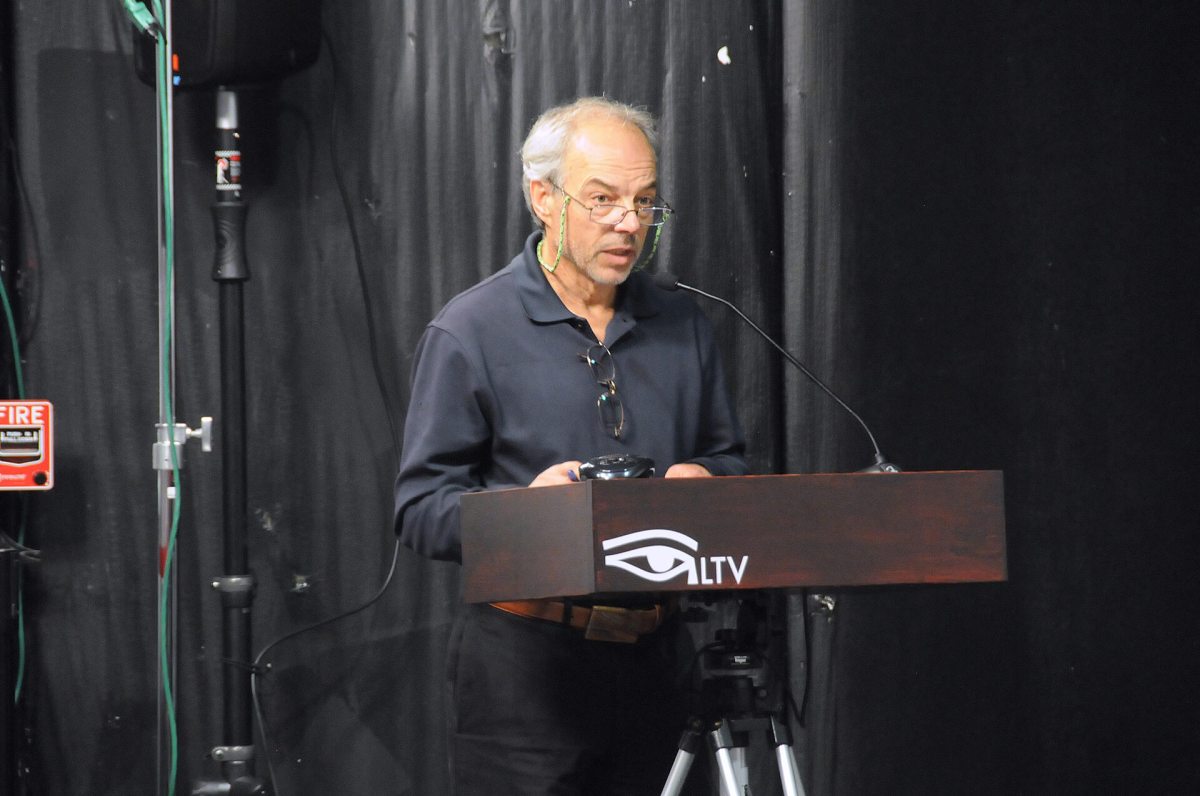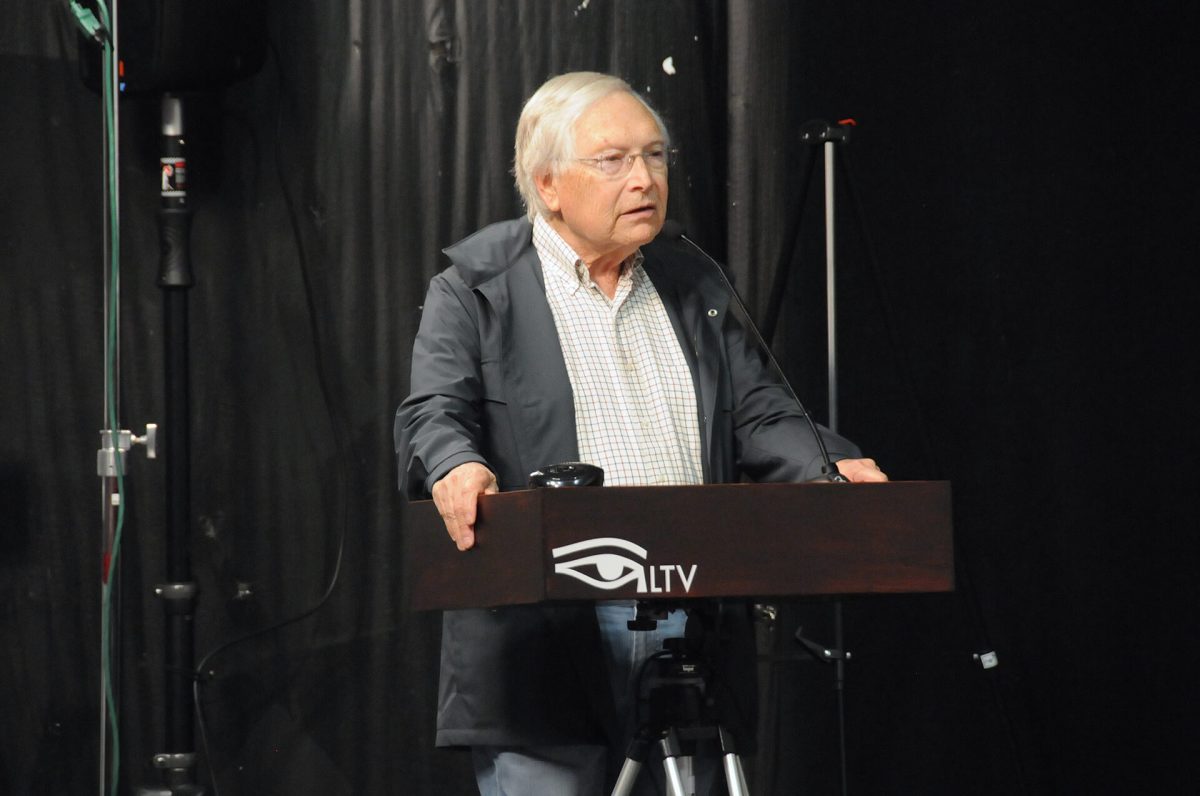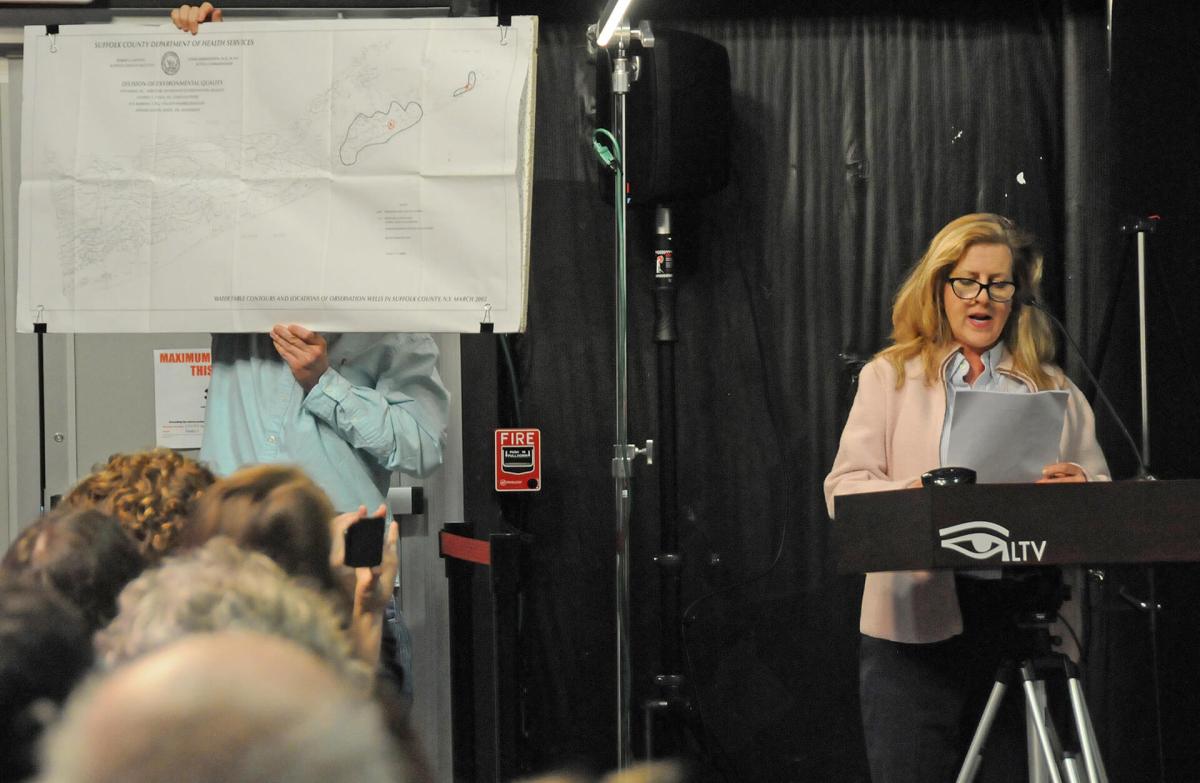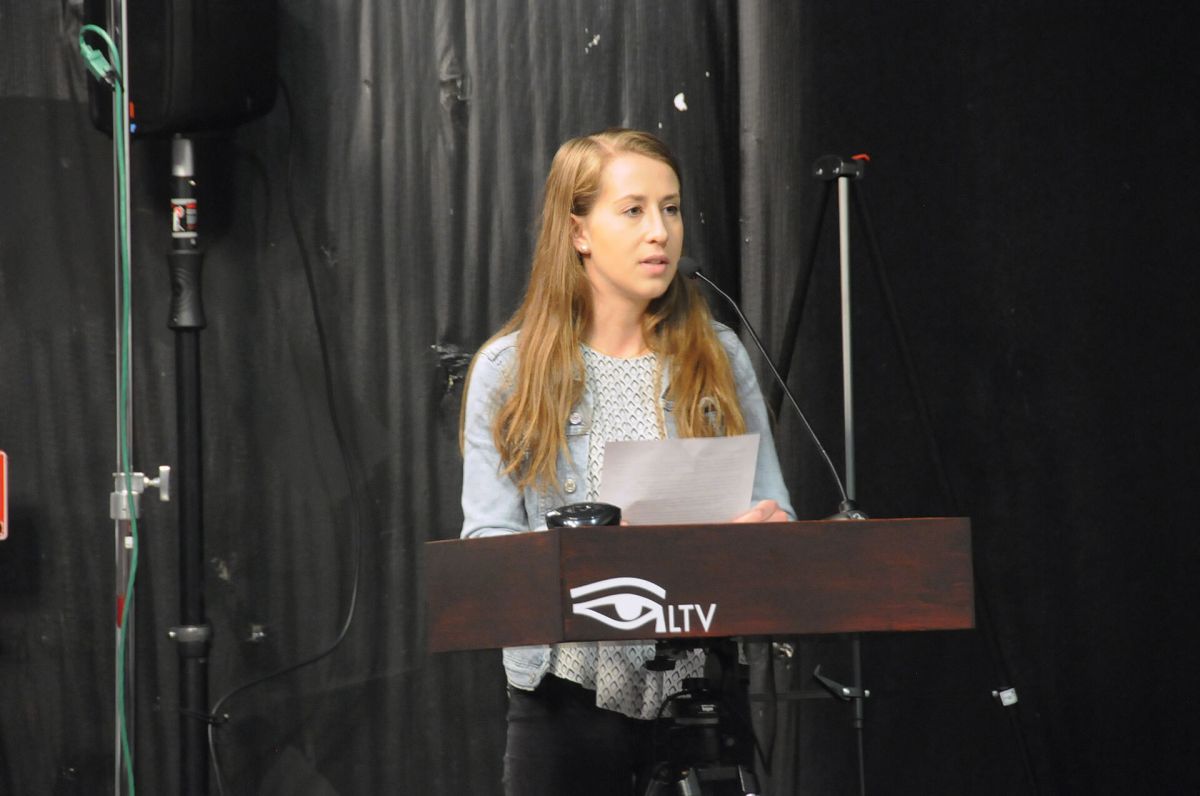Deepwater In Too Deep?
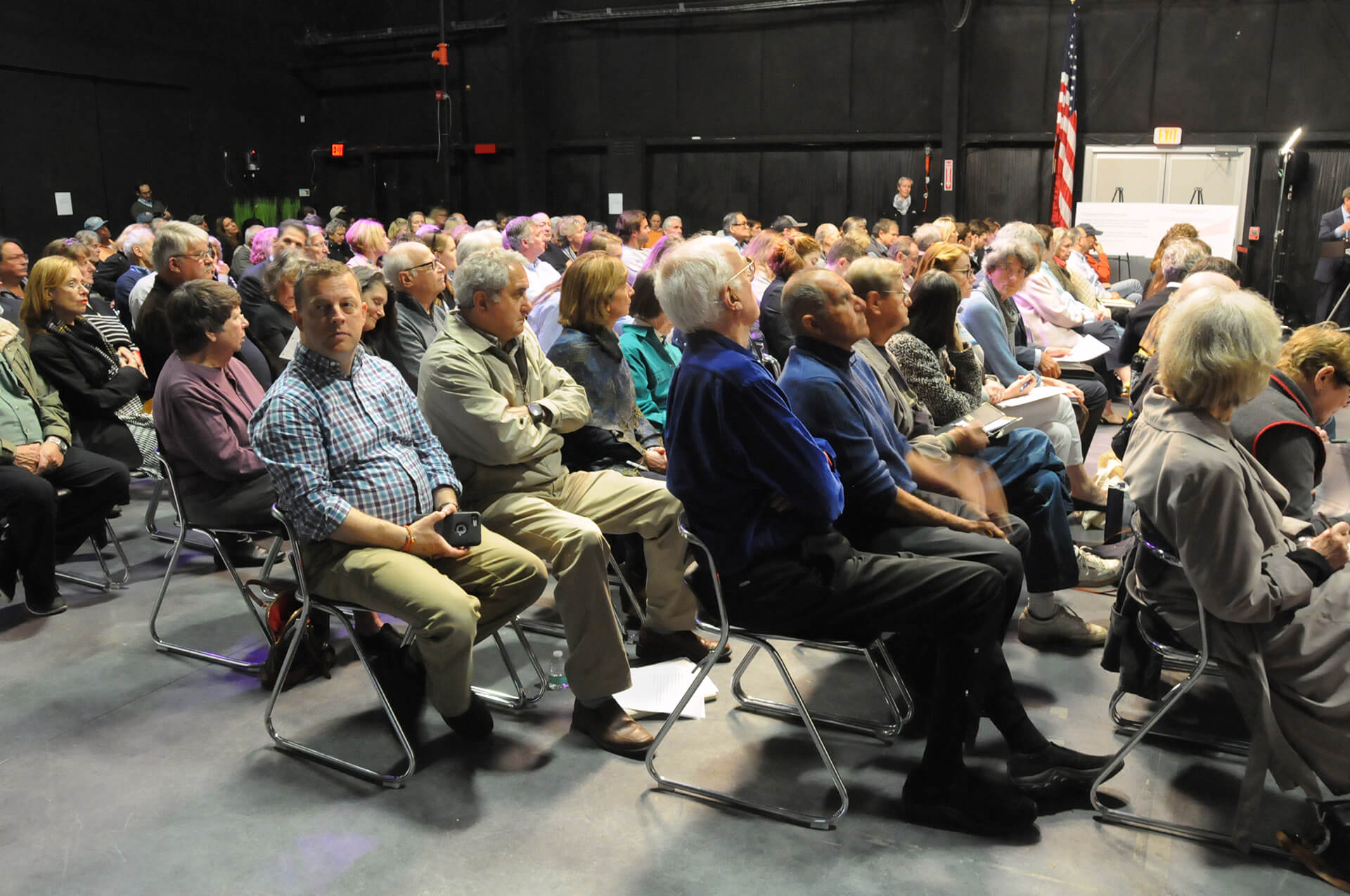
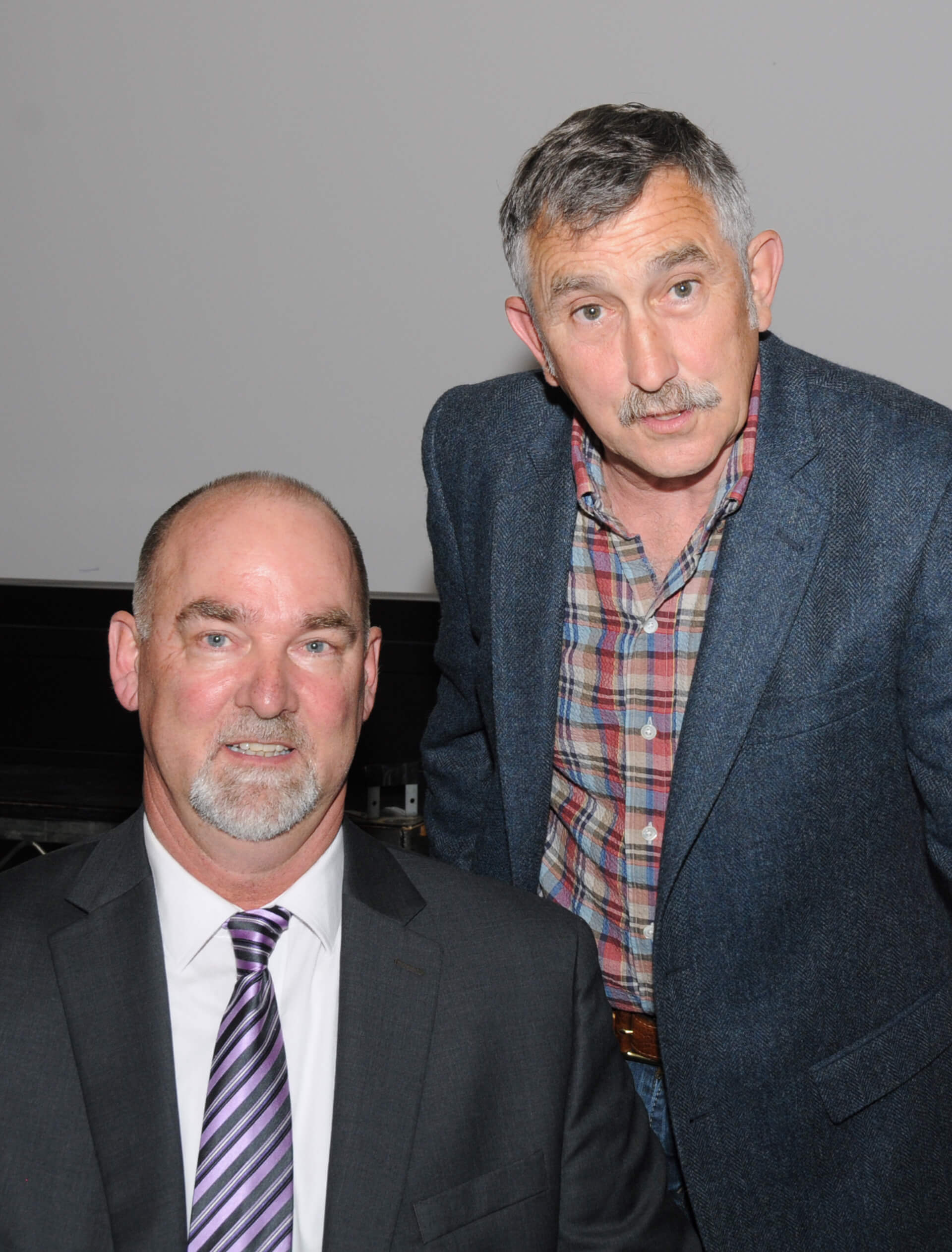
Richard Lewin.
It looked so good at first blush.
It checked all the hot boxes — Green. Alternate Energy. Zero carbon footprint.
We would end our dependence on fossil fuel, the developers promised.
But when folks in East Hampton started taking a closer look at a proposed Deepwater Wind project off the coast of Montauk, the negatives began outweighing the positives for a lot of people who felt they would be adversely affected, especially those in the fishing community.
When the word spread that Deepwater Wind had hidden the true cost of the electricity it was going to produce for local ratepayers, and that it could end up being much more expensive than that of conventional electricity, there seemed to be a seismic shift in public opinion. At least if the crowd that gathered in East Hampton on May 17 was any indication.
Deepwater would generate electricity from its 15 wind turbines, and PSEG/LIPA would purchase all of it for 20 years — but unlike in other states, the parties involved here have steadfastly refused to pin down a price. The wording in the contract is ominous, however: the cost will go up every year.
During a public hearing before the East Hampton Town Board and the East Hampton Town Trustees — a rarity — the majority of those who spoke at a packed house in the LTV studio urged town officials not to allow Deepwater to bring its cable ashore on Beach Lane in Wainscott. Many felt the project, though meritorious in concept, was wrong for the town and rallied against other proposed landing spots as well.
The erosion of support occurred gradually. During the election, the victorious Democratic candidates favored the development of the wind farm though the Republican challengers didn’t. But recreational and commercial fishermen, some armed with data from wind farms in Europe, reported that the wind turbines are detrimental to fish and fatal to migratory birds.
That’s not to say Deepwater did not have some supporters at the public hearing, though company officials did not attend. For example, Roger Clayman said the project “would create union jobs.”
Bill Chaleff lamented that the “community is viciously polarized” and said he was “distressed so many are standing on the other side.” The meeting moved along smoothly until East Hampton Town Supervisor Peter Van Scoyoc, who moderated the evening, called Gordian Raacke to the podium.
Raacke is Executive Director of Renewable Energy Long Island. Rick Drew, deputy clerk of the trustees, strongly objected. “He is a paid advocate. He is paid by LIPA. He’s paid by Deepwater.”
Several others agreed, but Van Scoyoc opted to let Raacke speak.
“I’m disappointed in you, Rick,” he said. The supervisor then asked, “Are we going to deny anyone their First Amendment right to free speech?”
Raacke took the podium. He disputed other speakers who stated the energy generated by Deepwater would be sold at premium prices to the East End. “We have enough data to know what it will do to our electric rates,” he said.
Myles Berkman complained the Deepwater proposal was “bare bones” and urged the boards to order an environmental impact study for the Beach Lane beach. Claudia Diaz warned, “There is no holding the utilities back. The town board is beholden to utilities.” Deepwater, she said, “is ruled by hedge funds.”
“I hate fossil fuels. I love wind and alternate energy,” said Ira Barocas, a former town trustees candidate. “But this is not the right project and this is not the right time.”
Several fishermen spoke about the dangers to the fisheries. “We don’t want to industrialize our oceans,” said Dan Farnham. “We need baseline studies.”
Julie Lofstad, a Southampton Town councilwoman who runs a commercial fishing business with her husband, joined several other speakers in calling for more land-based solar power instead of the wind turbines. If the state persisted pushing offshore wind generators, she urged, “Put it off to New York City somewhere.”
Larry Penny, the former director of the East Hampton Town Natural Resource Department, said that the wind generators are wholesale killers of migratory birds and bats. Deepwater has floated a “community benefits package” worth $8.5 million to be divvied up among assorted recipients to grease the skids for its project.
“Throw out the community benefits package,” urged Rachel Gruzen. “We do not have enough info; there are significant data gaps. Strict regulatory framework does not exist.”
Si Kinsella, who lives near Beach Lane, is no favorite of the town board — its members refused to allow him to be reappointed to the Wainscott Citizens Advisory Committee, a rare occurrence.
At the hearing, he set up several charts and began to speak, only to be told his three minutes were up, apparently prematurely. He said afterward he was going to warn those assembled that the Wainscott cable landing wasn’t going to be feasible.
That would mean Deepwater would have to bring the cable in at Napeague and run it under Montauk Highway, which has gas lines running underneath. The work would have to be done by hand, he said, and would be cost-prohibitive — somewhere between $92 million and $128 million.
rmurphy@indyeastend.com
